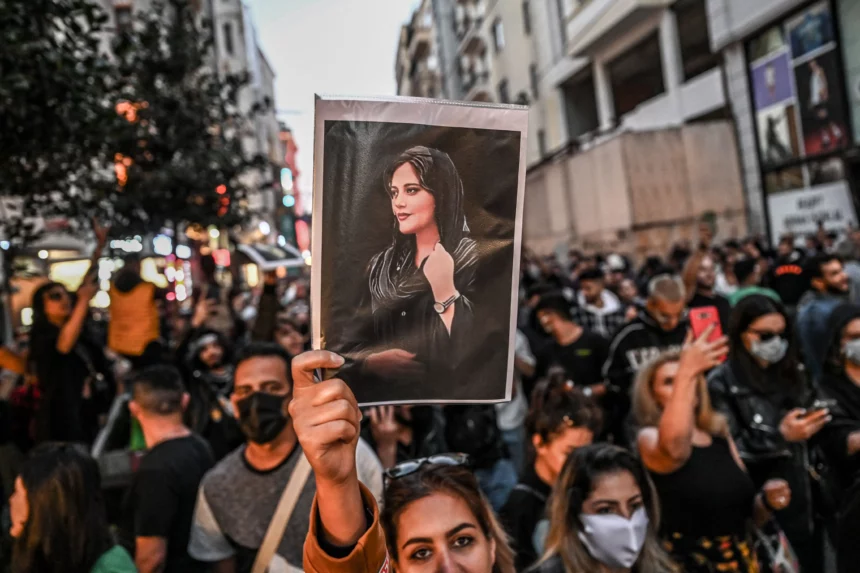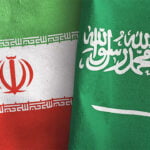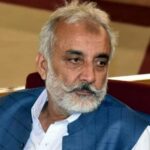According to the attorney general, Iran’s parliament and the judiciary are evaluating a law that urges women to wear the headscarf and which initiated dangerous demonstrations for more than two months in different cities of the country. The protests erupted following the death of Mahsa Amini, a Kurdish-origin 22-year-old girl who died after being detained by the Iranian morality police.
The demonstrators set their head coverings on fire and chanted anti-government jingles. Scores of women are not wearing their headscarves following Mahsa Amini’s death, especially in Tehran. All the women were obliged to cover their heads with the hijab since April 1983, four years after the 1979 motion that turned down US-assisted autocracy.
”There are various ways to carry out the constitution,” according to President Ebrahim Raisi on Saturday. The third month of widespread Iranian protests began as a result of resentment over the killing of Mahsa Amini, 22, while a police officer. Tehran’s morality police detained her for breaking the Islamic Republic’s stringent dress code. Although the Iranian government maintains that Amini was not abused while in police detention, her family claims that following her arrest, her body exhibited scars and other evidence of violence.
After the hijab rule was made compulsory, women were seen wearing tight jeans and loose, vibrant headscarves as a result of altering fashion standards. Raisi, an extreme conservative, called for the mobilisation of “all state institutions to execute the headscarf ban” in July of this year. Iran charges the government’s term for the unrest on the streets—”riots”—of being instigated by its mortal enemy, the United States, and its partners, notably Britain, Israel, and Kurdish organisations operating outside of Iran. Yet, many women kept breaking the law.
For the first occasion this week, a general in Iran’s Islamic Revolutionary Guard Corps claimed that more than 300 people had died in the violence that followed Amini’s passing. The Supreme National Security Council of Iran, the country’s top security authority, stated on Saturday that surpasses 200 individuals had died during the protests.
Iran Human Rights, a non-governmental organisation with offices in Oslo, reported on Tuesday that security services had “killed at least 448 persons in the ongoing nationwide protests.” Volker Turk, the UN’s human rights chief, reported last week that 14,000 people, including children, had been detained during the assault on the protests.












